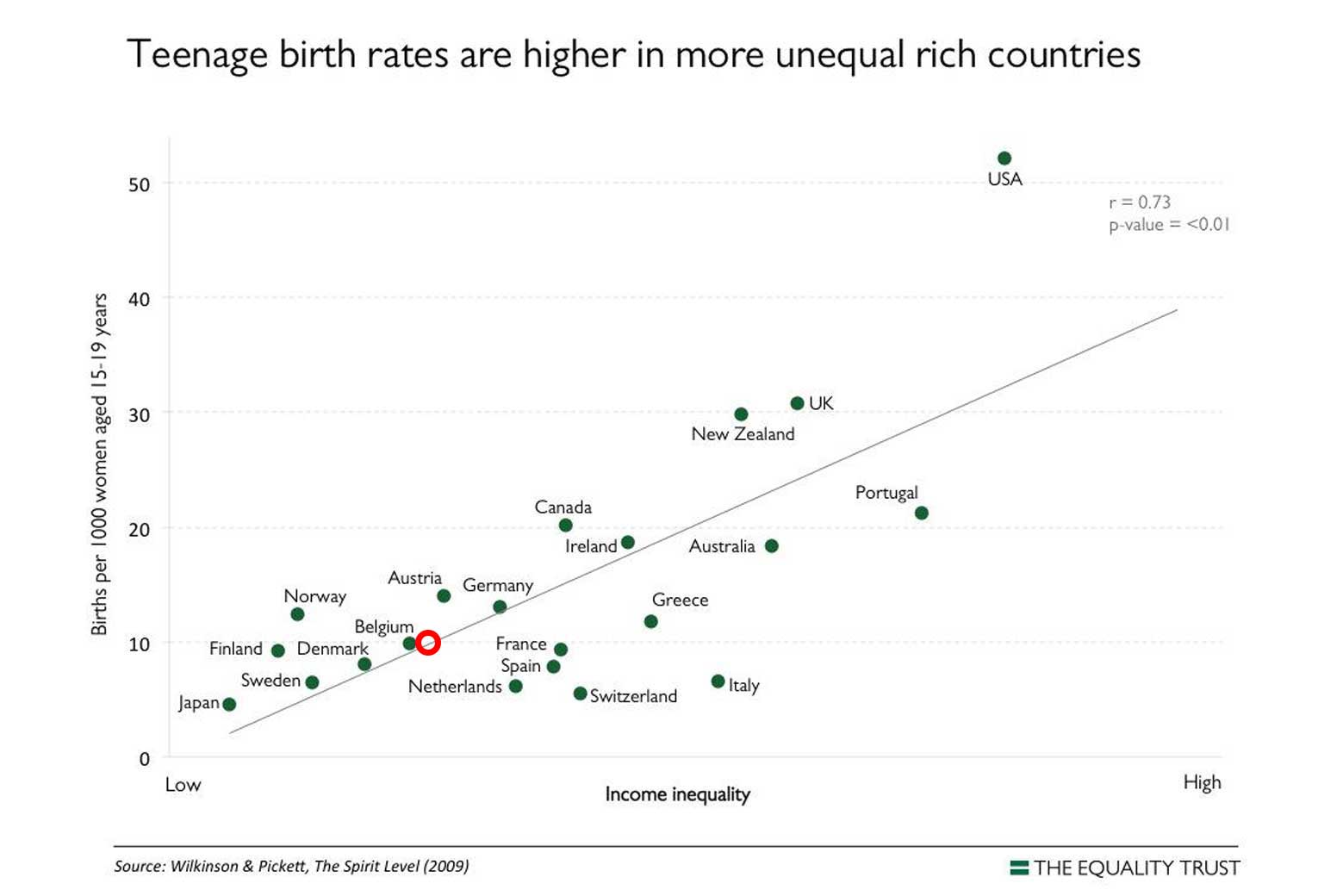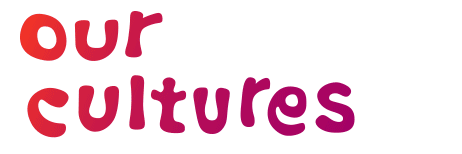Belgium
one of the most equal countries in relation
to income in the developed world
researched
Possible factors of equality
History
Income
Taxation system
Social welfare
Housing
Education
Healthcare
Effects of equality
Housing/Homelessness
Education
Social mobility
Healthcare
Community life and social relationships
Mental health
Drug use
Obesity
Teenage pregnancy
Life expectancy
Violence book
Environment
Waste production
Pollution
Cycling
Deforestation
Sources
BBC
OECD (Organisation for Economic Co-operation and Development)
Equality trust
Book: The Spirit Level by Richard Wilkinson and Kate Pickett
World Bank
Wikipedia
The Guardian
History
1830 – Declaration of independence from the Netherlands.

1958 – Belgium, Netherlands and Luxembourg form Benelux Economic Union to promote free movement of workers, goods and services in the region.
1960 – Belgian government grants independence to the Congo – now Democratic Republic of Congo.
1962 – Independence for Ruanda-Urundi – now Rwanda and Burundi.
1992 – Belgium ratifies Maastricht Treaty on European union.

1993 – Constitution changed to recognise division of country into three administrative regions: Flanders, Wallonia and Brussels.
New law gives Belgian courts right to judge anyone accused of war crimes, crimes against humanity or genocide, regardless of country of origin or where the crime is alleged to have been committed.
2002 January – Euro replaces Belgian franc.
2002 September – Legislation decriminalising euthanasia comes into force.
2003 January – Legislation commits Belgium to closing its seven nuclear reactors by 2025 and banning building of new ones. Government pledges to invest in renewable energy sources and gas.

2008 King Albert II refuses to accept his resignation.
2013 July – King Albert II abdicates in favour of his son Philippe.
2014 May – Parliamentary elections. The separatist New Flemish Alliance emerges as the largest party.
2014 December – A nationwide 24-hour strike called by unions in protest at the government’s economic austerity programme brings much of the country to a standstill.

Income
Belgium is among one of the most equal countries in the world.
Looking at income inequality and comparing the share of income received by the highest-income people, the following graph shows how the size of income differences varies from one developed country to another.
The length of the horizontal bar shows how much richer the richest 20 percent of the population is in each country compared to the poorest 20 percent. Belgium is at the top of the chart where the richest 20 percent get only about 5 times as much as the poorest.

Taxation system
In Belgium, taxes are collected on both state and local level. The most important taxes are collected on federal level, these taxes include an income tax, social security, corporate taxes (at a rate of 29%) and value added tax. At the local level, property taxes as well as various fees are collected.

Social welfare
The following chart is a ranking of countries in accordance to their public social spending. Belgium ranks second spending nearly 30% of its revenues for social purposes.

Housing
Social housing is meant for single people or families with a limited income. Social housing in Belgium is provided both for rent and for sale. Social housing accounts for approximately 6.5% of the Belgian housing market. This is much lower than neighbouring countries such as the Netherlands and France.
The legislator referred to the following facts:
(1) Only 6% (approximately) of the housing stock was for social rental housing (143,266 dwellings);
(2) 317.500 households were, given the eligibility criteria, entitled for social housing;
(3) 75.000 households were on the waiting list; (4) 55.000 households were in urgent housing need;
(5) waiting times were long.

Education
Education in Belgium is free. Higher education usually only involves registration fees. The financial aid awarded by the community governments depends on the income of the student’s family, and other familial circumstances, but is never more than approximately €5,000 per year. As a rule, the aid is not based on the student’s results. However, students who fail too many classes may lose their financial aid.

Healthcare
The Belgian healthcare system is one of the best in Europe. It is divided into state and private sectors, with fees payable in both. The state system is funded by mandatory health insurance which allows residents to access subsidized services such as doctors, hospital care, dental care, maternity costs, and prescriptions.

Housing/Homelessness
Based on the count of the night of 7 November 2016, a total of 3,386 people were counted, of whom 35% were roofless (in public spaces or in emergency or crisis shelters), 25% were homeless (in temporary accommodation) and 39% were living in inadequate housing (including squats). The total number of rough sleepers and homeless people living in shelters in Belgium was estimated to be 18,700 by the FEANTSA in 2016. They particularly pointed out a 33% increase in the number of homeless in the Brussels region in the last four years and a 96% increase in the last 8 years.

Education
In terms of the quality of its educational system, the average student scored 503 in reading literacy, maths and science in the OECD’s Programme for International Student Assessment (PISA), higher than the OECD average of 486.
Social mobility
The influence of parental socio-economic status on students’ achievement in secondary education is particularly strong in Belgium, France and the United States.

Healthcare
In Belgium, only about 30% of the population believe that other people can’t be trusted and 91% of people believe that they know someone they could rely on in time of need. In Belgium, only about 30% of the population believe that other people can’t be trusted and 91% of people believe that they know someone they could rely on in time of need.

Mental health
According to the graph in Belgium less than 15% of people had been mentally ill within the previous year.
Drug use
The drug-induced mortality rate among adults aged 15-64 years was 8.19 per million in 2014 (latest data available) which is less high than in other countries.
Obesity
The graph shows that levels of obesity tend to be lower in countries where income differences are smaller. In the USA, just over 30 percent of adults are obese; whereas in Belgium only about 12% of adults are obese.

Teenage pregnancy
Belgium is among the countries at the bottom of the charts when it comes to teenage birth where the teenage birth rate lays by less than 10% (per 1000 women aged 15-19). The graph shows that teenage pregnancy is linked to income inequality.

Life expectancy
Life expectancy at birth in Belgium stands at almost 82 years, two years above the OECD average of 80 years.

Violence book
The graph shows the international homicide rates are related to income inequality. Belgium’s homicide rate is just above 10%.
In Belgium, there are also less people in prison with a rate of less than 100 per 100,000. In comparison with the USA which rate lays by 124%.

Environment
Waste production
In Belgium, around 5,5 tonnes of waste were generated per inhabitant in 2016. The graph below shows that Belgium is among the leading countries in relation to recycling, energy recovery and landfill restrictions.

Pollution
Air quality has improved in recent years and Belgium was in compliance with the European limit values in 2015. The air pollution, however, still exceeds the more stringent guideline values of the World Health Organization, especially in Brussels.

Cycling
- People: 10,827,519
- Bicycles: 5,200,000
- Cyclists: ~48%
In Belgium 8% of all trips are made by bike. The average distance cycled per person per day is 0.9 km. Cycling is a national sport for the Belgians. Belgians are very serious about their bike. A real Belgian keeps an expensive, quality bike well maintained with functioning breaks and inflated tires and usually wears a helmet and a bright yellow vest to make him or herself visible to the car.

Deforestation
Land conversion, whether for urban and industrial expansion, agriculture, infrastructure or tourism, is undoubtedly the main cause of biodiversity loss in Belgium. Belgium has developed a national biodiversity strategy and action plan.

